The interview
Amsterdam, 2002, (duration: 9 minutes)
Amsterdam, 2002, (duration: 9 minutes)
The video takes the form of job interview, with the viewer being addressed directly as the job applicant. The interviewer professes to be in an awkward position, as he already knows some personal details of the applicant. As he proceeds to recount the intimate details of that which he doesn’t know about the applicant, a game of power unfolds. The viewer’s uncomfortable position is relieved when the applicant is revealed, and the power play flips around.
produced by the Rijksakademie van beeldende kunsten.
FR
La vidéo prend la forme d’un entretien d’embauche, le spectateur est à la place du candidat auquel s’adresse celui qui le recrute. Le recruteur affirme être dans une position désagréable car il connait déjà quelques détails personnels à propos du candidat. Comme il commence à énumérer les détails intimes de choses qu’il n’est pas censé connaitre sur son interlocuteur, un jeu de pouvoir se déroule sous nos yeux de spectateur transposé dans la position inconfortable du candidat. Jusqu’à ce qu’un retournement de situation et de caméra soulage cette tension en révélant le candidat.


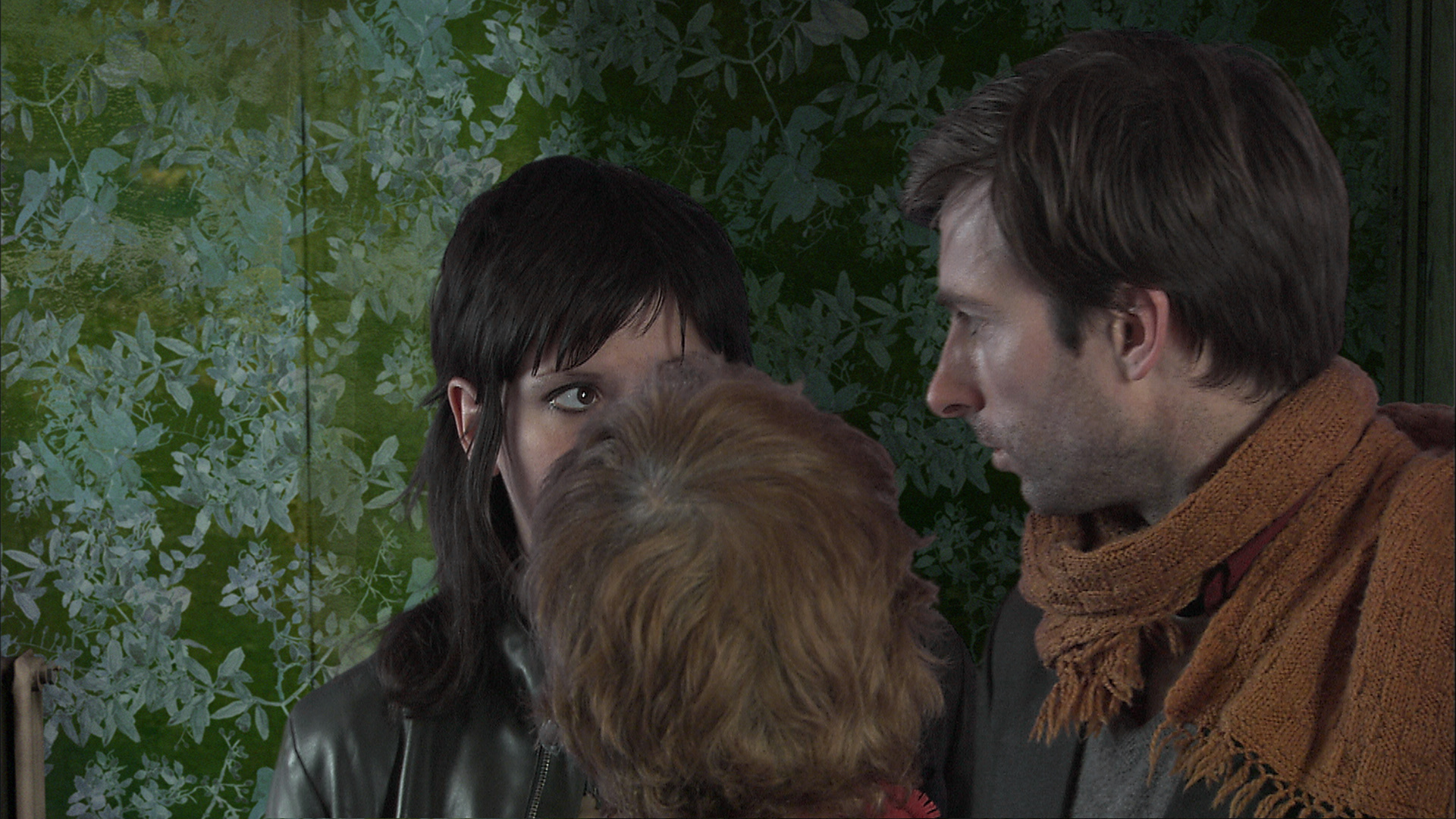
Extract from the film
Should we never meet again
video installation, DVD from HD duration 25 minutes
video installation, DVD from HD duration 25 minutes
'In the video work Should We Never Meet Again, the protagonist is a young man walking through Paris, voicing an inner monologue. He has argued and split with his wife and is trying to figure out a friend to stay with for the night. In his mind and aloud, he runs through his entire circle of friends, but does not contact any of them. From time to time a wallpapered surface emerges behind him. The canvas comes forward and engulfs him. The wallpaper transports the protagonist and a series of strangers who have innocently stepped before the wallpaper, beside him. Once engulfed, the strangers find themselves in an interior where they appear to have detailed knowledge of the problem of the protagonist.' (Extract from text by Jill Magid)
Produced by Le Fresnoy
FR
« Dans la vidéo Should we never meet again, le protagoniste est un jeune homme marchant dans Paris, récitant un monologue interne. Il s’est disputé et séparé avec sa femme et essaye de trouver chez quel ami il pourrait bien dormir ce soir. Dans sa tête et à haute voix, il énumère tout son cercle d’amis, mais ne contacte aucun d’entre eux. De temps à autre, une surface de papier peint apparait derrière lui. La toile surgit et l’englouti. Le papier peint transporte le protagoniste et une série d’étranger qui ont innocemment marché entre le papier peint et lui. Une fois englouti, les étrangers se trouvent dans un intérieur ou ils semblent avoir une connaissance précise du problème du protagoniste. » (Extrait du texte par Jill Magid)
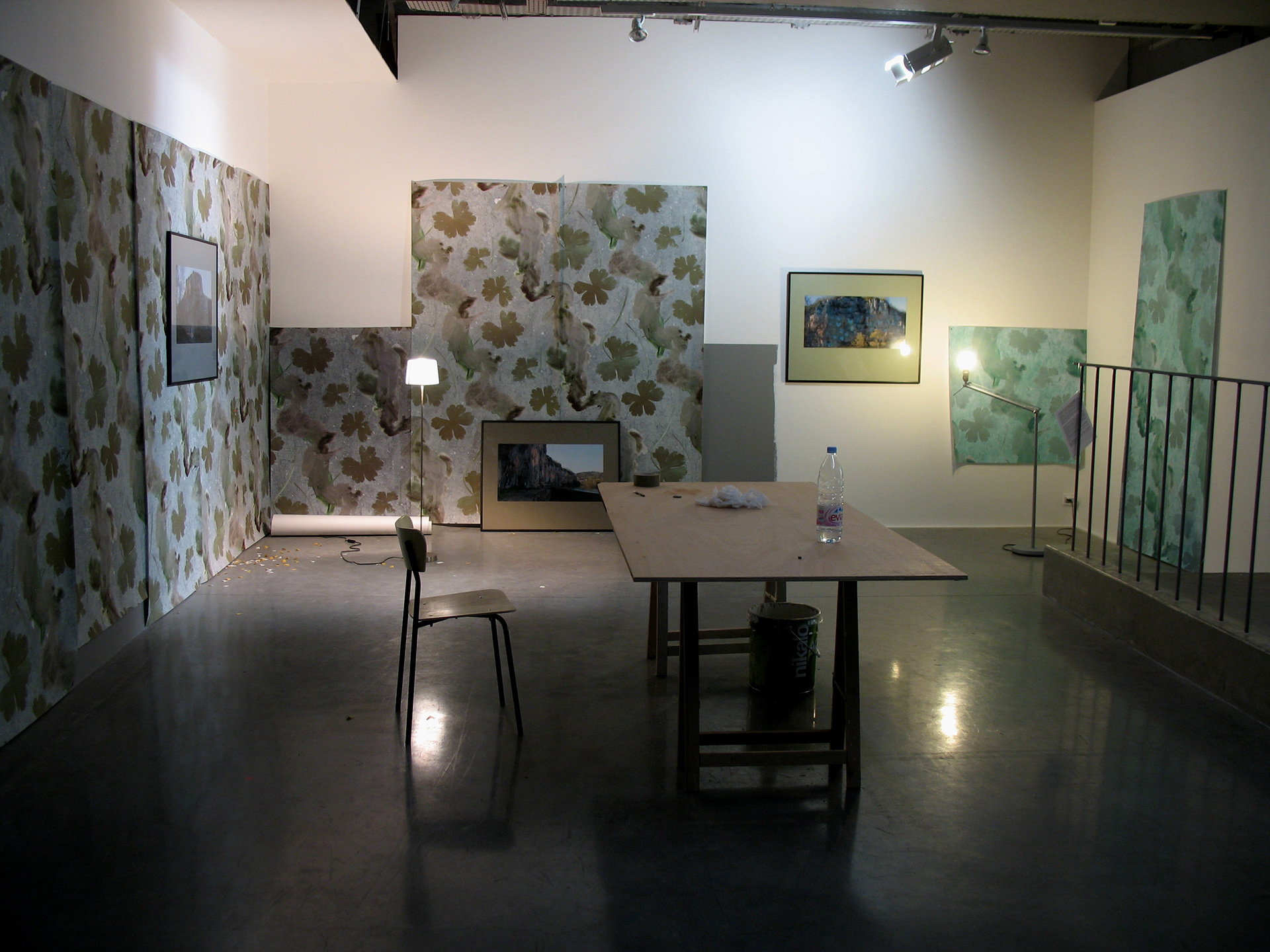
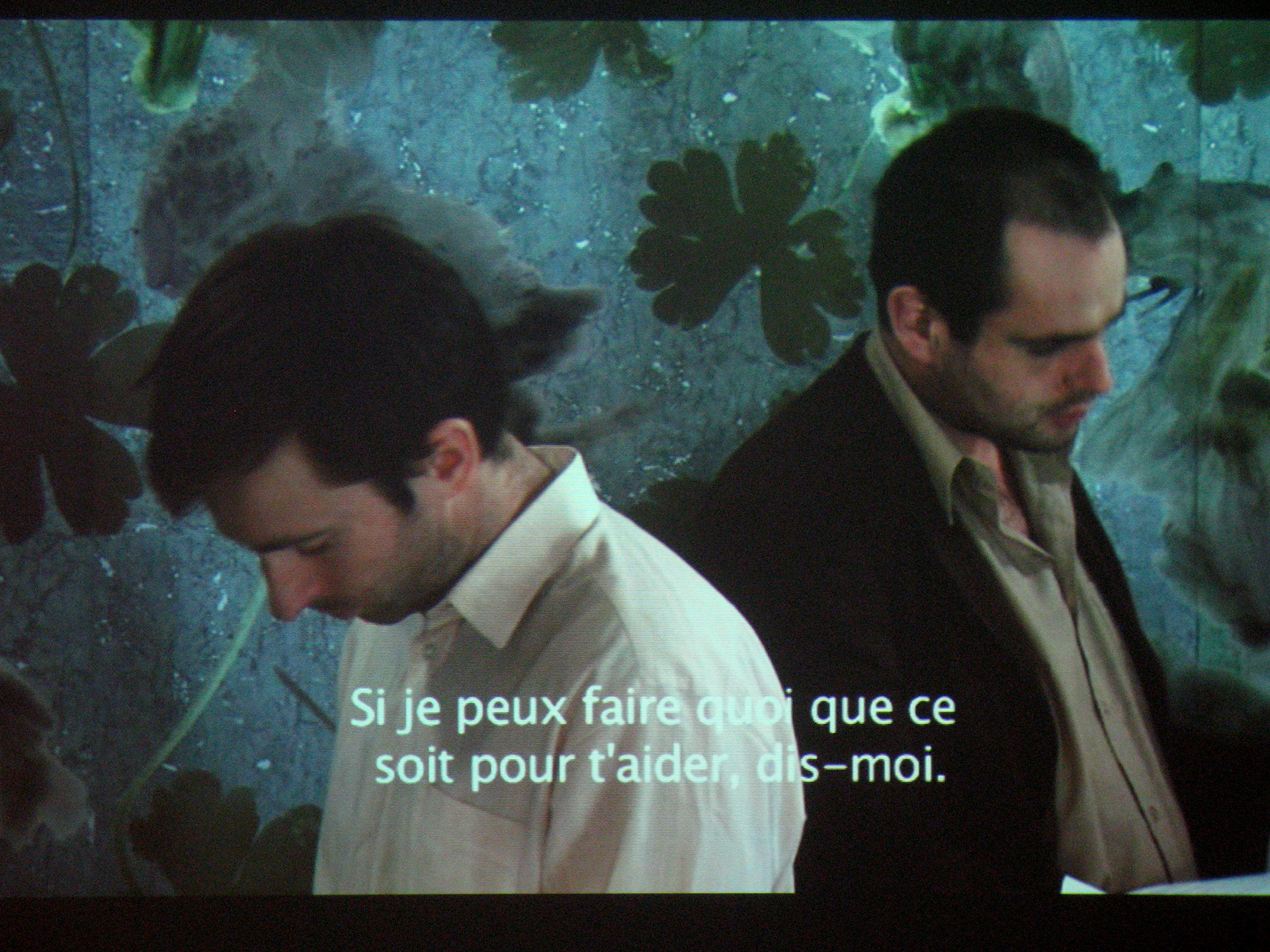
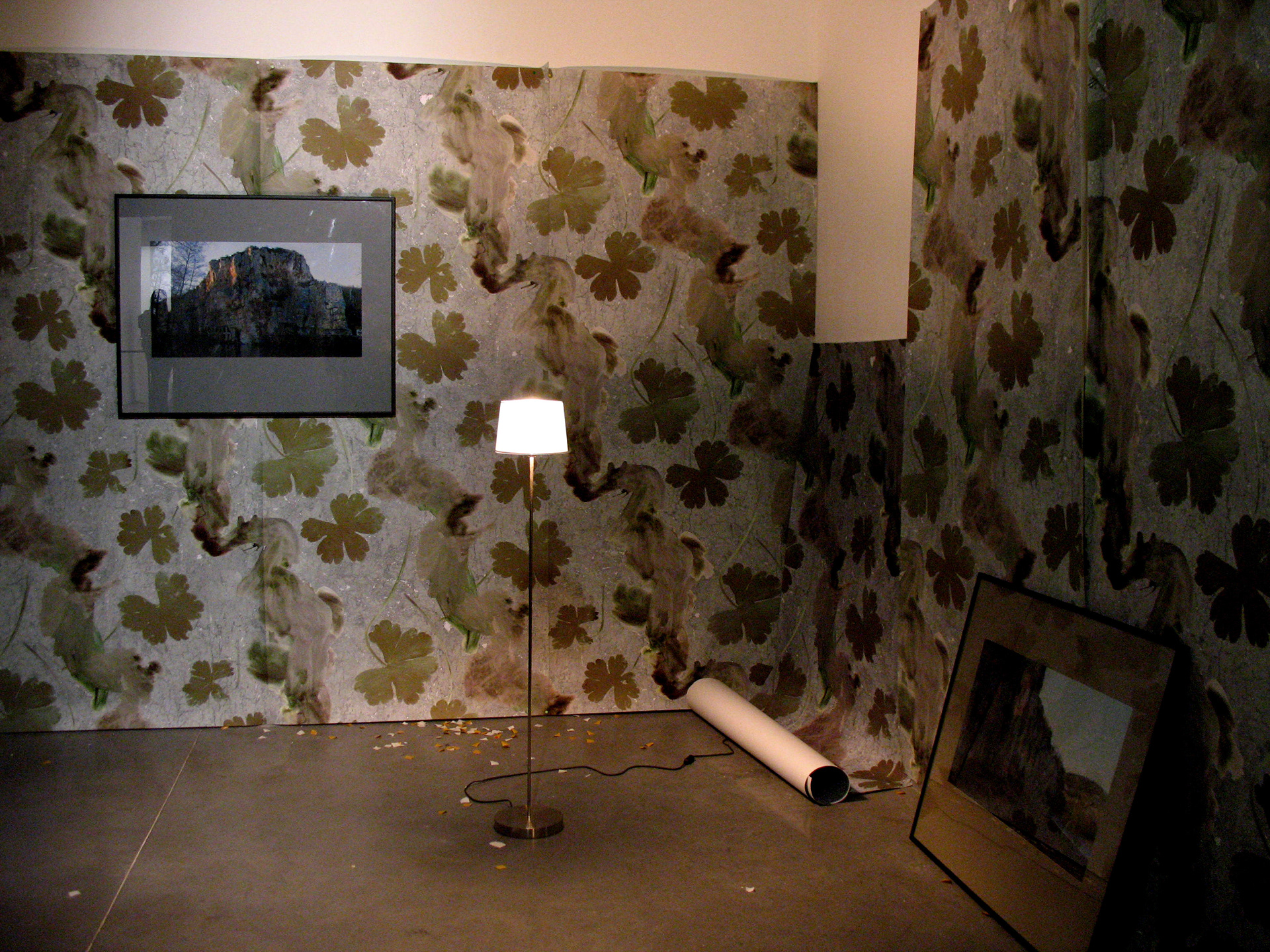

The End (duration: 14 minutes, DVD from HDV) Video installation with digital prints and other elements.
The closure of the mines in the Flemish town of Genk in the east of Belgium in the 1980's and 90's remains an emotional subject for many the town's residents. As a means to break the solidarity of the mine employees during the period of retrenchments, a diverse range of severance packages relative to each individual's situation. In the video two men are engaged in what seems to be the auditing of a derelict company. Beneath their banal interactions one glimpses an intrigue which menaces both their lives. Operating in such close proximity to each other over an extended period, they have developed a kind of intimacy, both tender and manipulative as they compete for the only chair in the office.
The film is shot on a constructed set and in an abandoned coal mine in Genk, Belgium. With Christophe Coning and Gregg Smith. Produced by FLACC, Casino Modern, Genk, Belgium, La Maison des arts Georges Pompidou (Cajarc) and Les Abbatoirs (Toulouse), 2006. Developed during a residency at Maisons Daura.
FR
La fermeture des mines de la ville flamande de Genk, à l’est de la Belgique dans les années 80 et 90 reste encore un épisode très sensible pour beaucoup des résidents. Un moyen de rompre la solidarité entre les employés des mines pendant les périodes de retranchement était de proposer une gamme diverse de conditions de ruptures selon chaque situation individuelle. Dans la vidéo, deux hommes sont engagés dans ce qui semble être un audit d’une société en faillite. A travers leurs interactions banales, on aperçoit une intrigue qui menace leurs vies à tous les deux. En étant si proche l’un de l’autre pendant une longue période, ils développent une sorte d’intimité, à la fois tendre et manipulatrice comme ils tendent tous deux à occuper la seule chaise du bureau. Le film est tourné dans un décor dans une ancienne mine de charbon de Genk, Belgique.


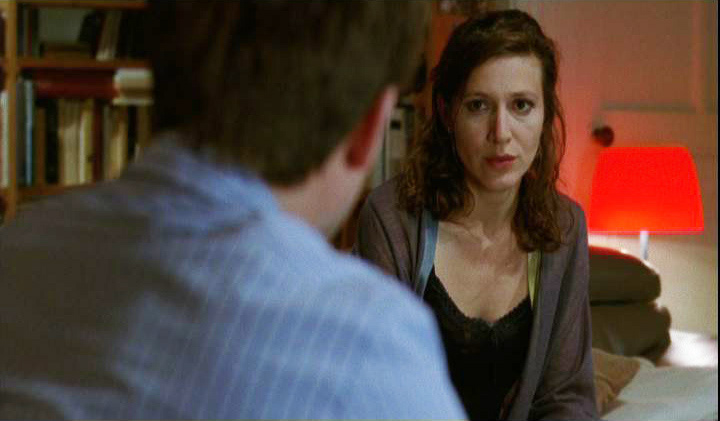
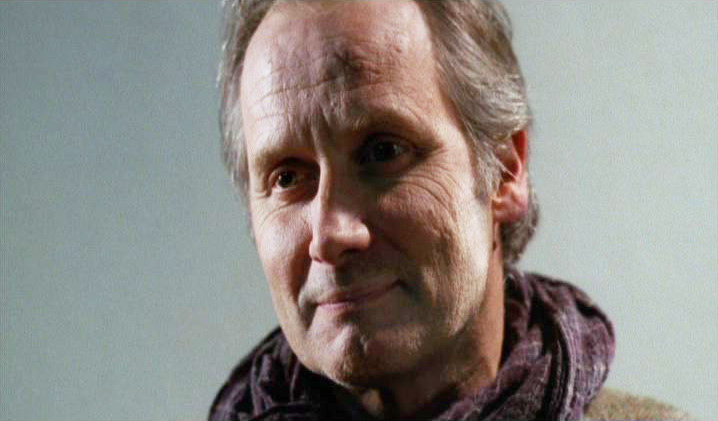
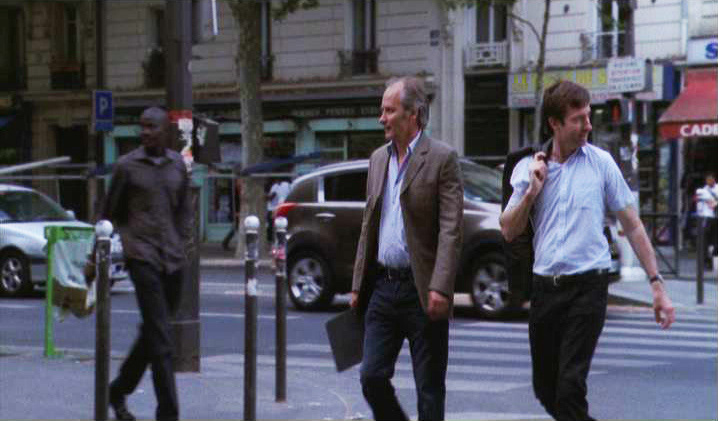
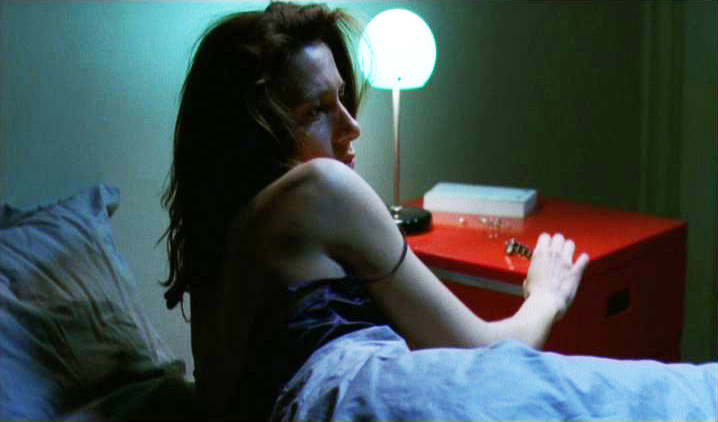
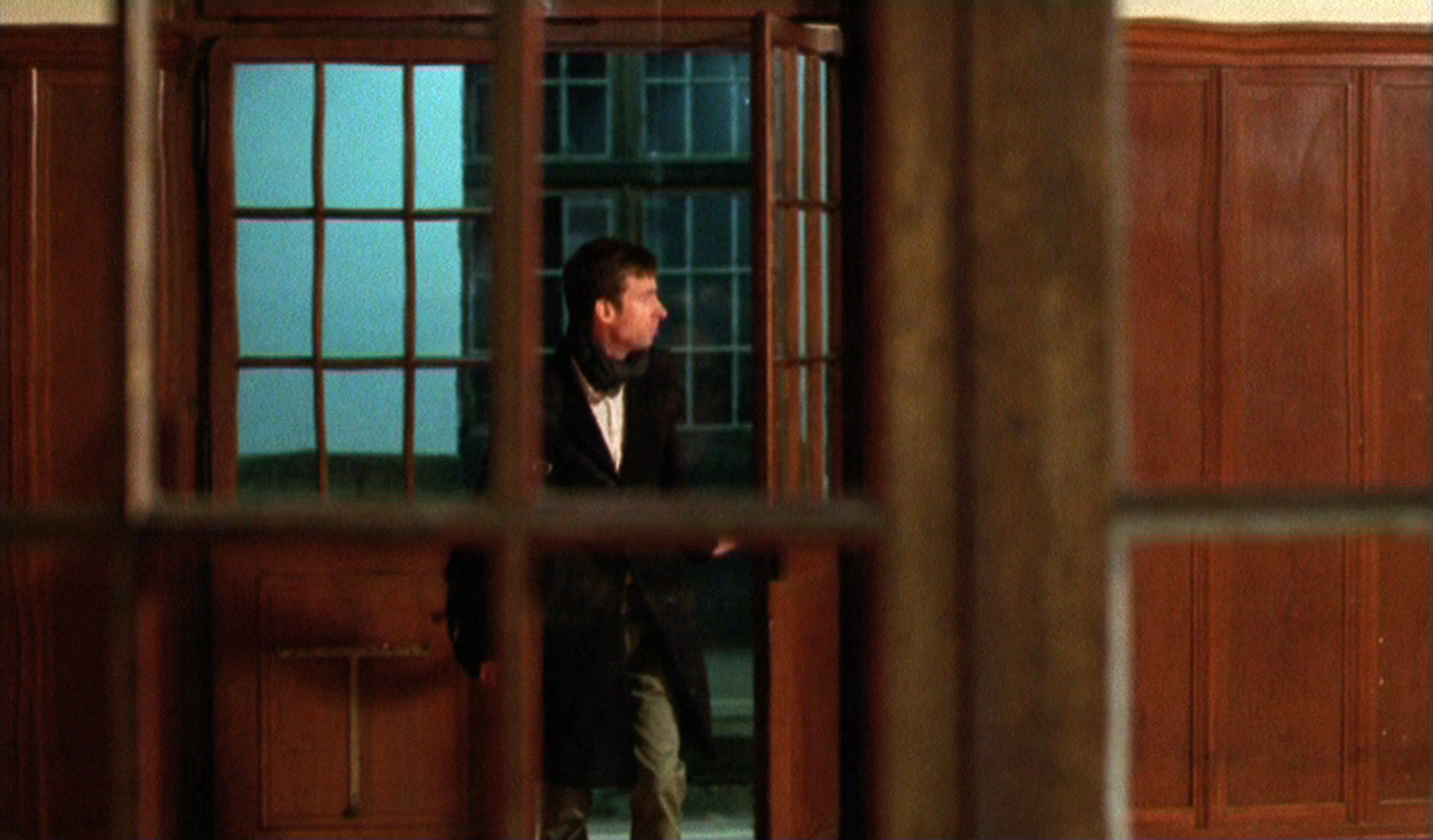
Absence de marquage (malleable tracks) (duration: 23 minutes, 35 mm).
By a series of coincidences, a couple are befriended by an elder gentleman, during a weekend in the countryside. Whilst his acquaintance is not entirely welcomed by the couple, a friendship develops. The narrative constructs a vertiginous suspense, punctuated by ellipses during which the dynamics between the 3 main characters shifts significantly. ‘Malleable tracks’ addresses a contemporary Western reality in which consumption of information is increasingly accelerated and our capacity to navigate diverse flows of media has become highly sophisticated. The film seeks to insert itself into this increasingly narrow configuration between lived experience and processing of electronic media.
With Hippolyte Girardot, Caroline Ducey, Gregg Smith. Camera: Javier Ruiz. Sound: Olivier Touche, Mixage: Mikael Barre. Produced by Emmanuel Chaumet, Ecce Films.
FR
Par une série de coïncidences, un couple se lie d’amitié avec un homme plus âgé lors d’un week-end à la campagne. Bien que sa présence ne soit pas tout à fait bienvenue, une relation amicale émerge. La narration construit un suspense vertigineux, ponctué par des ellipses pendant lesquelles la dynamique entre les trois personnages dérive de manière significative. Absence de marquage dresse une réalité occidentale dans laquelle la consommation de l’information est de plus en plus accélérée et ou nos capacités de naviguer entre différents flux de médias est devenue hautement sophistiquée. Le film cherche à s’insérer dans cette configuration de plus en plus étroite entre l’expérience vécue et notre consommation des médias électroniques.

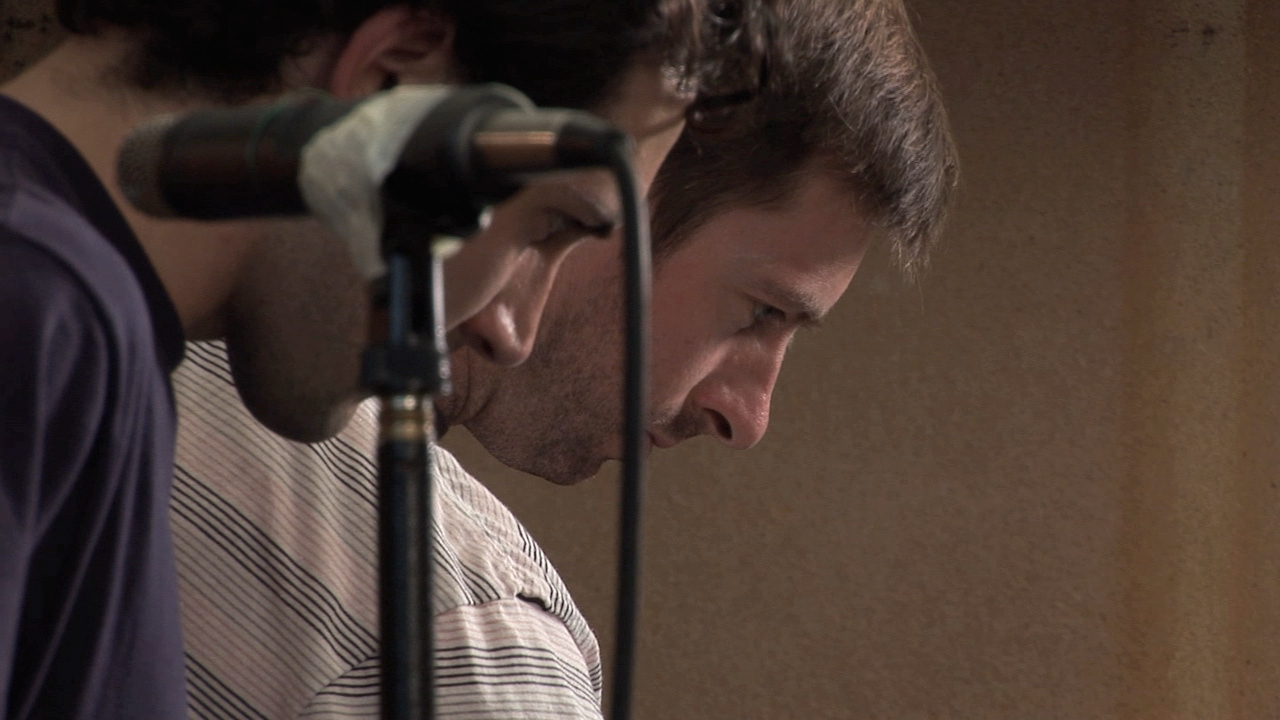
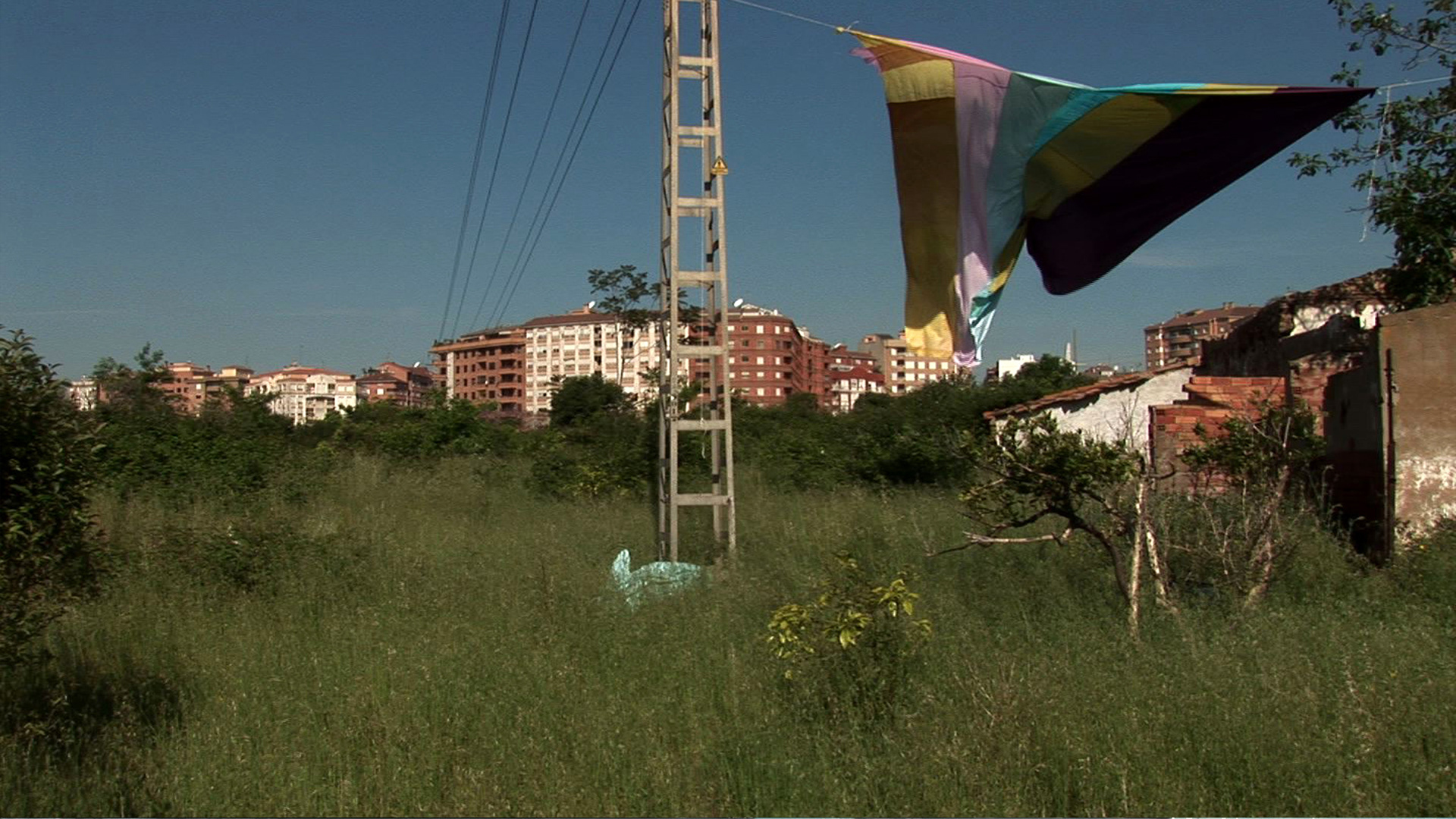
Moving on (take 22) video installation, DVD from HDV, 23 minute, 2007
In Spain the Aznar government (1996 - 2004) presided over an unparalleled era of construction and speculation on the property market. Under Law 6/98, regional governments used corrupt means to sell public land to friends at low rates promoting a massive construction boom. The new buildings hugely exceed habitation demands and remain empty, waiting for prices to rise.
Two young men, walk the streets of their hometown. Their attempts to reconnect with the radically altered cityscape are filmed in a series of takes and mistakes, backed by a soundtrack which is itself filmed in a state of rehearsal.
Two young men, walk the streets of their hometown. Their attempts to reconnect with the radically altered cityscape are filmed in a series of takes and mistakes, backed by a soundtrack which is itself filmed in a state of rehearsal.
Produced by EACC (Espai d'Art Contemporani de Castelló), Castellon, Spain, for the exhibition Our Hospitality, curated by Rodrigo Alonso.
FR
En Espagne, sous le gouvernement d’Aznar, (1996-2004), on assiste à un incomparable moment de spéculation dans la construction et le marché de la propriété. Sous couvert de la loi 6/98, des gouvernements régionaux ont utilisé des moyens corrompus pour vendre des terres publiques à des amis à bas prix en promouvant un boom de construction. Ces nouveaux bâtiments étaient bien au-delà de la demande d’habitations et sont restés vides alors que leur prix ne cesse d’augmenter.
Deux jeunes hommes, marchent dans les rues de leur ville. Ils tentent de reconnecter avec le paysage urbain radicalement altéré. Ils sont filmé par une série de prises et de mauvaises prises, ce qui est accentué par une bande son qui est elle-même un work-in-progress.
Deux jeunes hommes, marchent dans les rues de leur ville. Ils tentent de reconnecter avec le paysage urbain radicalement altéré. Ils sont filmé par une série de prises et de mauvaises prises, ce qui est accentué par une bande son qui est elle-même un work-in-progress.
Love, love, jealousy and wanting to be in two places at once
(duration: 12 minutes, DVD from DVCam)
(duration: 12 minutes, DVD from DVCam)
A young man tells of a failed love. In the hope of reviving the flame of a relationship that has gradually fizzled out, the wife suggests that they dance anew the tango that first brought them together, this time with different partners and in new settings. Taking as a starting point an earlier site-specific performance, Smith adopts a tone that skirts the limits between pain and irony to map the feelings at play in the situation.
Camera: Sebastian Diaz Morales / Sound: Emmanuel Diaz, Blandine Tourneux / Mix: Mikael Barre / Interpretation: Mechi Dorta, Filipe Ariicuren, Victor Florido, Gregg Smith, Julio Cesar di Chiaza, Manuel Marques, Rodolfo Ruiz.
FR
Un jeune homme raconte une histoire d’amour raté. Dans l’espoir de faire revivre la flamme d’une relation qui s’est petit à petit éteinte, la femme suggère qu’ils dansent à nouveau le tango de leur première rencontre, mais cette fois avec d’autres partenaires et dans une nouvelle configuration. Prenant pour point de départ une performance in situ, Smith adopte un ton qui flirte avec la limite entre la peine et l’ironie, afin de cartographier les sentiments en jeu dans la scène.
Untitled (paysage) (duration: 12 minutes)
Video installation /single channel video (DVD from DVCam).
Video installation /single channel video (DVD from DVCam).
The video's soundtrack of vibrant birdcalls and sounds of flowing water together with the bucolic vegetation create a dense fabric into which the appearance of the artist is not entirely harmonious. Moving in various states of agitated dance as he listens to dance music on an iPod, his presence is at once wildly exuberant and almost entirely mute, punctuated only from time to time by the scratching of his footwork.
Filmed during an artists residency at Maisons Daura, résidences d'artistes Région Midi-Pyrénées, with support le Conseil Régional Midi-Pyrénées and Centre d¹art contemporain Georges Pompidou, Cajarc, France.
FR
Le fond sonore de la vidéo, des chants d’oiseaux et des sons d’eau qui coule, s’ajoutent à la végétation bucolique pour créer un cadre dense, avec lequel l’artiste n’est pas entièrement en harmonie. Il danse, s’agite, fait des mouvements divers, en écoutant son iPod, sa présence dans cette nature sauvage est à la fois exubérante et muette, parfois simplement ponctuée par le bruit de ses pas.
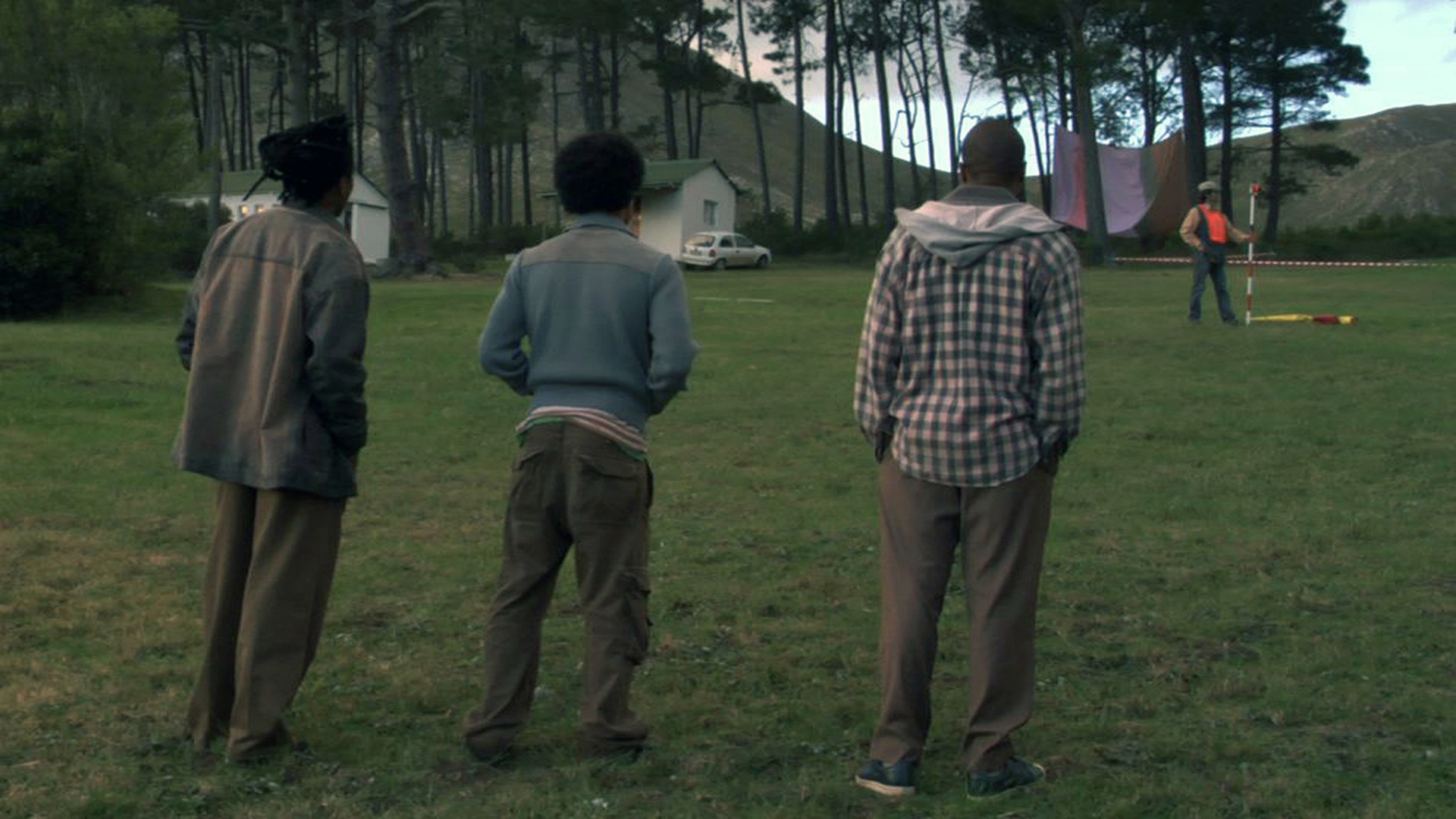

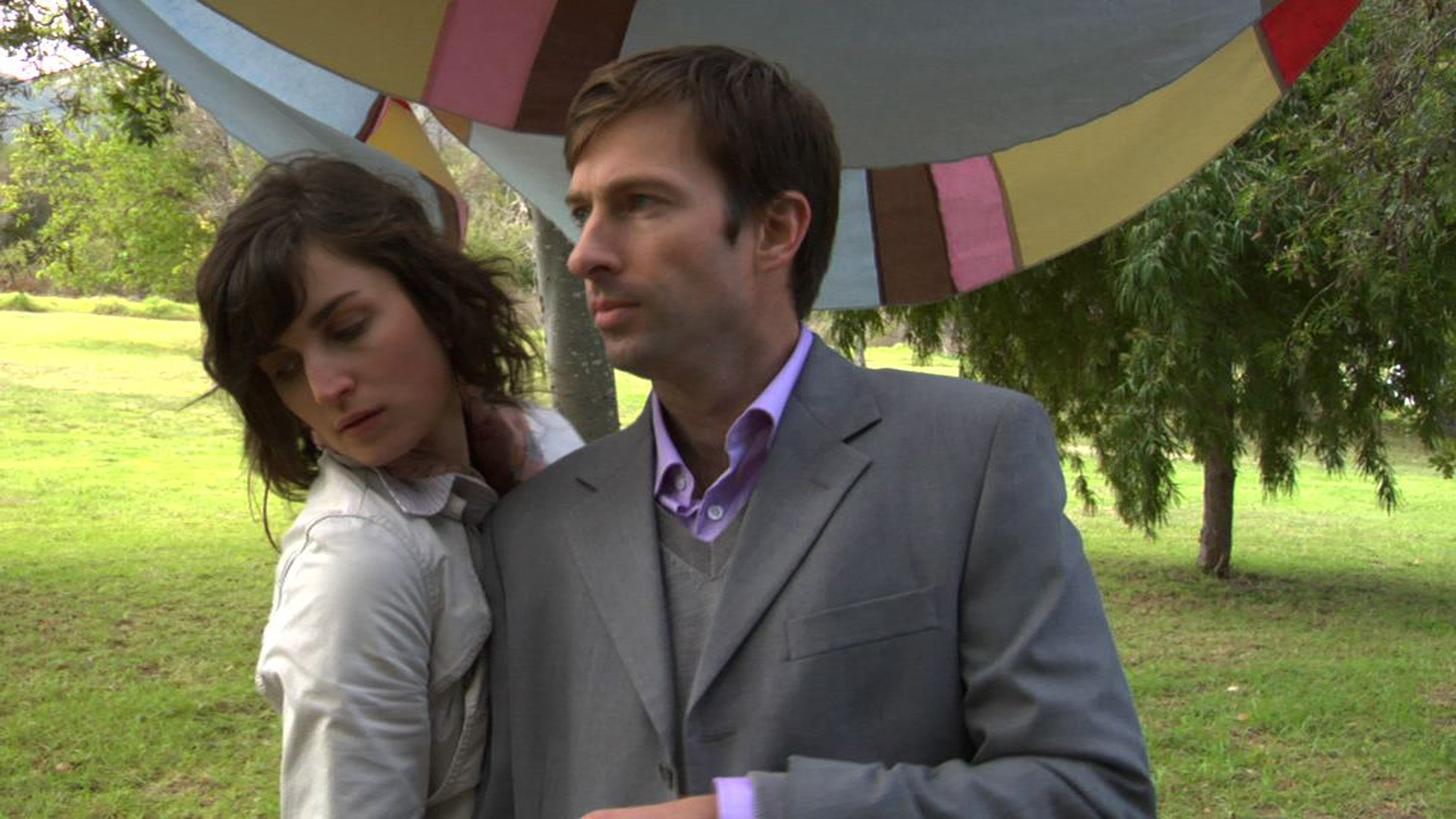
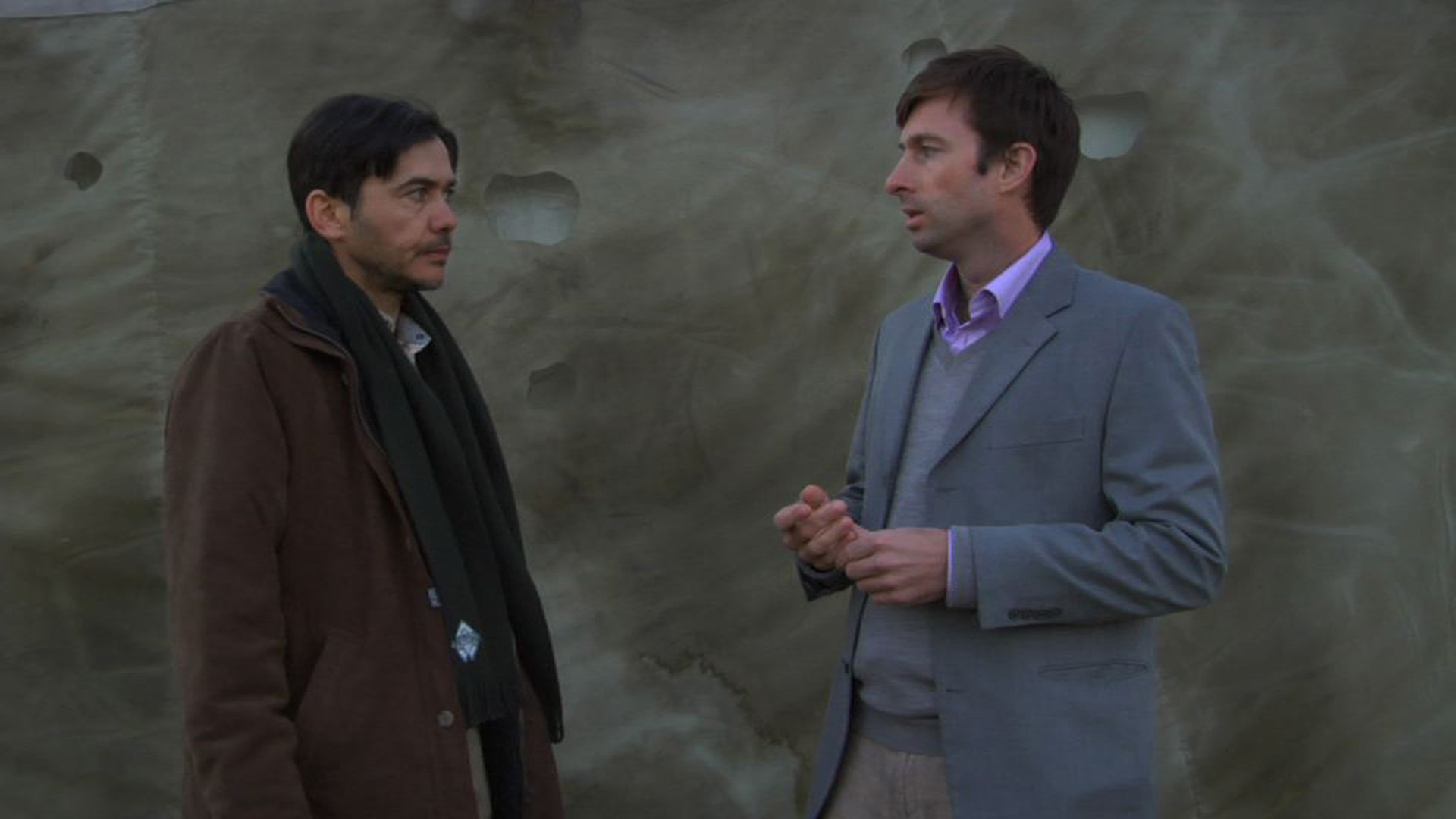
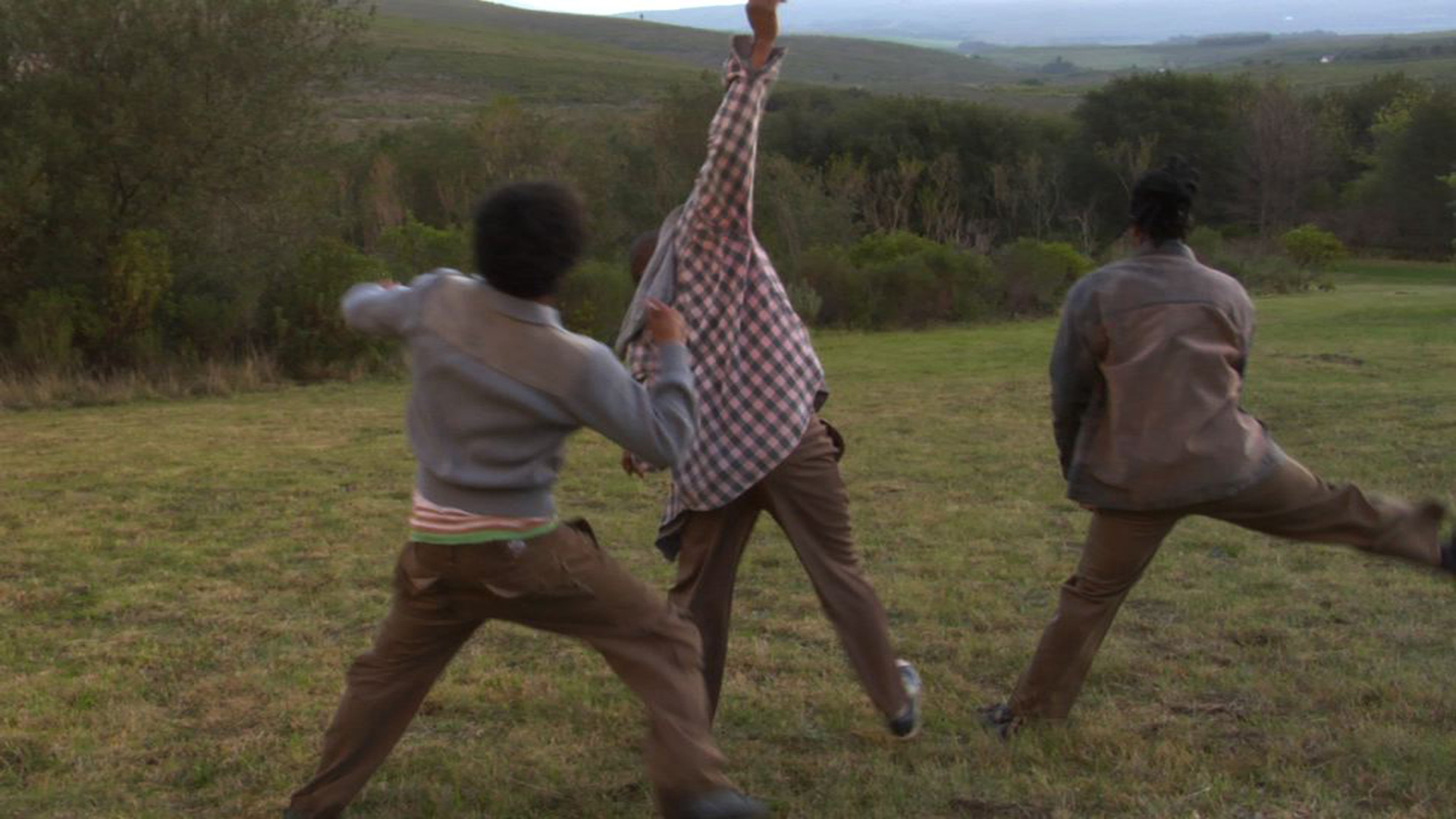


Underexposed (HD, duration: 23 minutes)
a dance musical, without music, choreography by Jay Pather, written and directed by Gregg Smith
a dance musical, without music, choreography by Jay Pather, written and directed by Gregg Smith
The issue of land and empowerment remain charged and unresolved issues in South Africa. In the video Underexposed, a precarious web of power relations becomes evident as various individuals struggle to find a firm footing in a property development scheme in a lost wilderness. The place seems to physically affect all those who move through it, animating their gestures with sporadic dancelike movements. These movements are never noticed or remarked upon.
Produced by Capricci Films
FR
La question de la terre et de l’autonomisation reste chargée et un problème irrésolu en Afrique du Sud. La vidéo Underexposed [Sous exposé], une toile précaire de relations de pouvoir devient évidente alors que plusieurs individus luttent afin de trouver une base solide afin de développer un schéma de propriété, au milieu d’un endroit désertique. L’endroit semble affecter physiquement tous ceux qui le traversent, générant chez eux des gestuelles avec des mouvements sporadiques qui rappellent ceux de la danse. Sans que pourtant personne n’y prête jamais attention.
We met at the busstop
(Amsterdam, 2001)
(Amsterdam, 2001)
The artist recounts a personal anecdote of an undesirable acquaintance made with a fellow traveller, whilst flying home to Amsterdam from Milan. The encounter leads to a further encounter which moves through various locations in Amsterdam. The simple edit is composed of profile shots of the artist, who turns to the camera, alternately smiling or crying.
Produced by the Rijksakademie van beeldende kunsten.
FR
L’artiste raconte l’anecdote personnelle d’une rencontre indésirable avec un compagnon de voyage, alors qu’il prenait l’avion d’Amsterdam à Milan. Cette rencontre amène à une autre rencontre qui nous transpose dans différents endroits d’Amsterdam. Le montage simple est composé de plans de l’artiste de profil, qui regarde la caméra, et sourit ou pleure alternativement.
Background to a seduction
video 19 minutes, DVD from Betacam.
video 19 minutes, DVD from Betacam.
A couple sit at a table talking and drinking wine. The scene appears to be an intimate nighttime interior, but as the camera zooms in and out, it is revealed that they are in fact perched on a roof in a suburban Northern France neighborhood, in winter. The most basic elements of a décor maintain the fake illusion of the couple’s intimacy. The precariousness of this illusion is heightened by the fact that each time the camera zooms out, their location has changed, and they are viewed from new angles and locations. The video taunts the desire of the viewer to pursue the emotional intensity of the scene, all the time confronted with its artifice.
Produced by Le Fresnoy
FR
Un couple est assis à une table et boit du vin. La scène rappelle un rendez-vous intime dans un intérieur, mais à mesure que la caméra zoom et dézoome, on prend conscience que le couple est en fait perché sur un toit dans une banlieue du nord de la France, en hiver. Les éléments basiques d’un décor maintiennent cette fausse illusion de l’intimité d’un couple. La précarité de cette illusion est intensifiée par le fait qu’à chaque fois que la caméra opère un zoom arrière, leur emplacement a changé, et ils sont vus depuis différents angles. La vidéo provoque le désir du spectateur qui face à l’intensité émotionnelle de la scène est sans cesse confronté à l’artifice.
The Crosswind (feature film, financing)
Ill at ease within his white upper middle class family in apartheid South Africa, and frustrated by his father's manipulative tendencies, Max fled to Paris to try and become a an intellectual in post-colonial studies. But he is never free of his family's tentacles. When 20 years later, his brother Douglas attempts suicide, Max returns with his French wife, Celia, to help pick up the pieces. Celia soon smells a rat as she watches Max slip into his role of eldest son and warns him to stay away from the family transport business. But Max can't resist the opportunity to play the good guy. Taking charge, he seeks to redress the injustices of his family's past. His dreamy Marxist notions are, however, completely out of touch with the discontent brewing amongst the staff at the truck yard, a corrupt union official Harry, his mafioso uncle and the hollowed out shell for underground activities which the company has become.
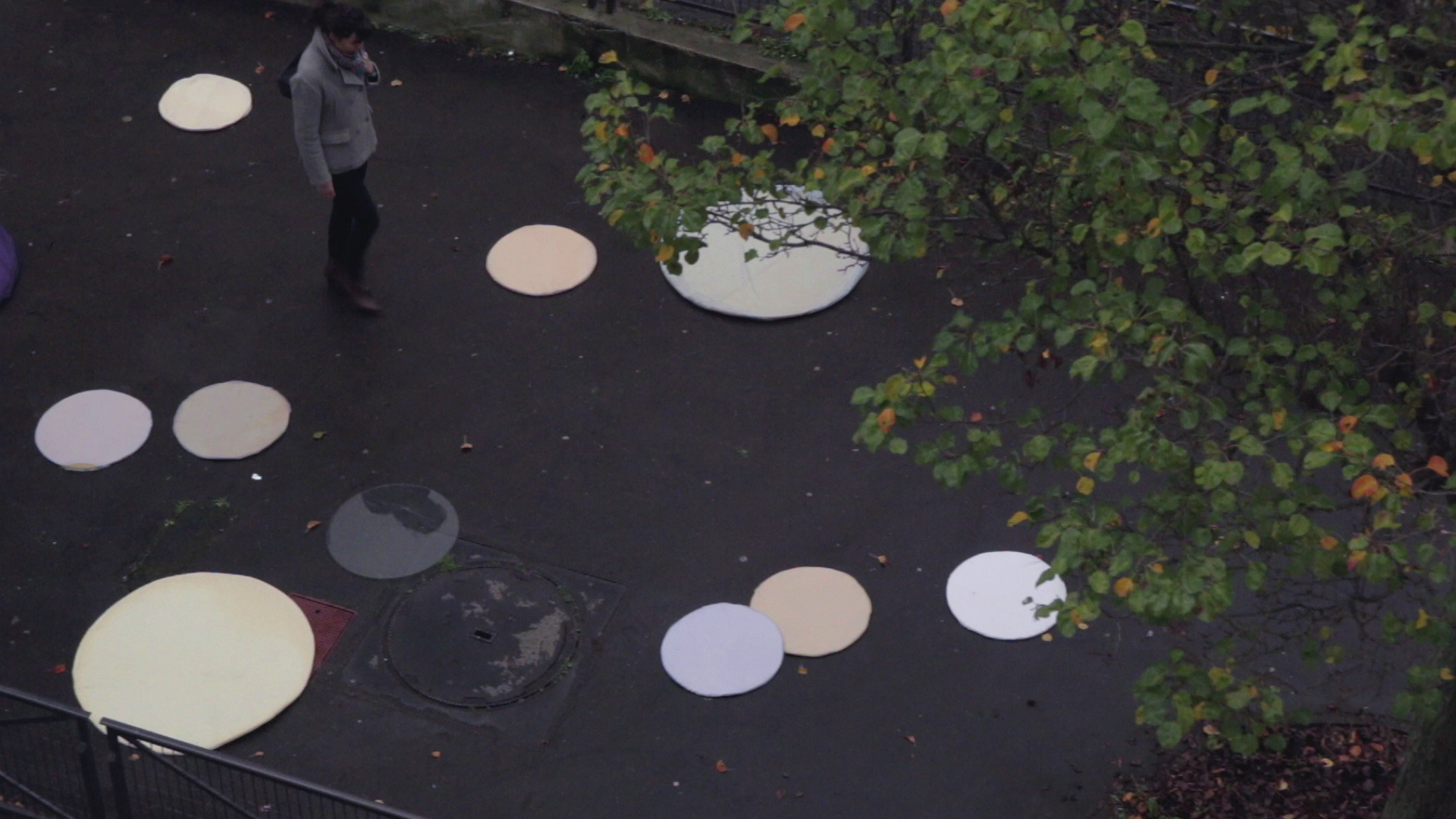
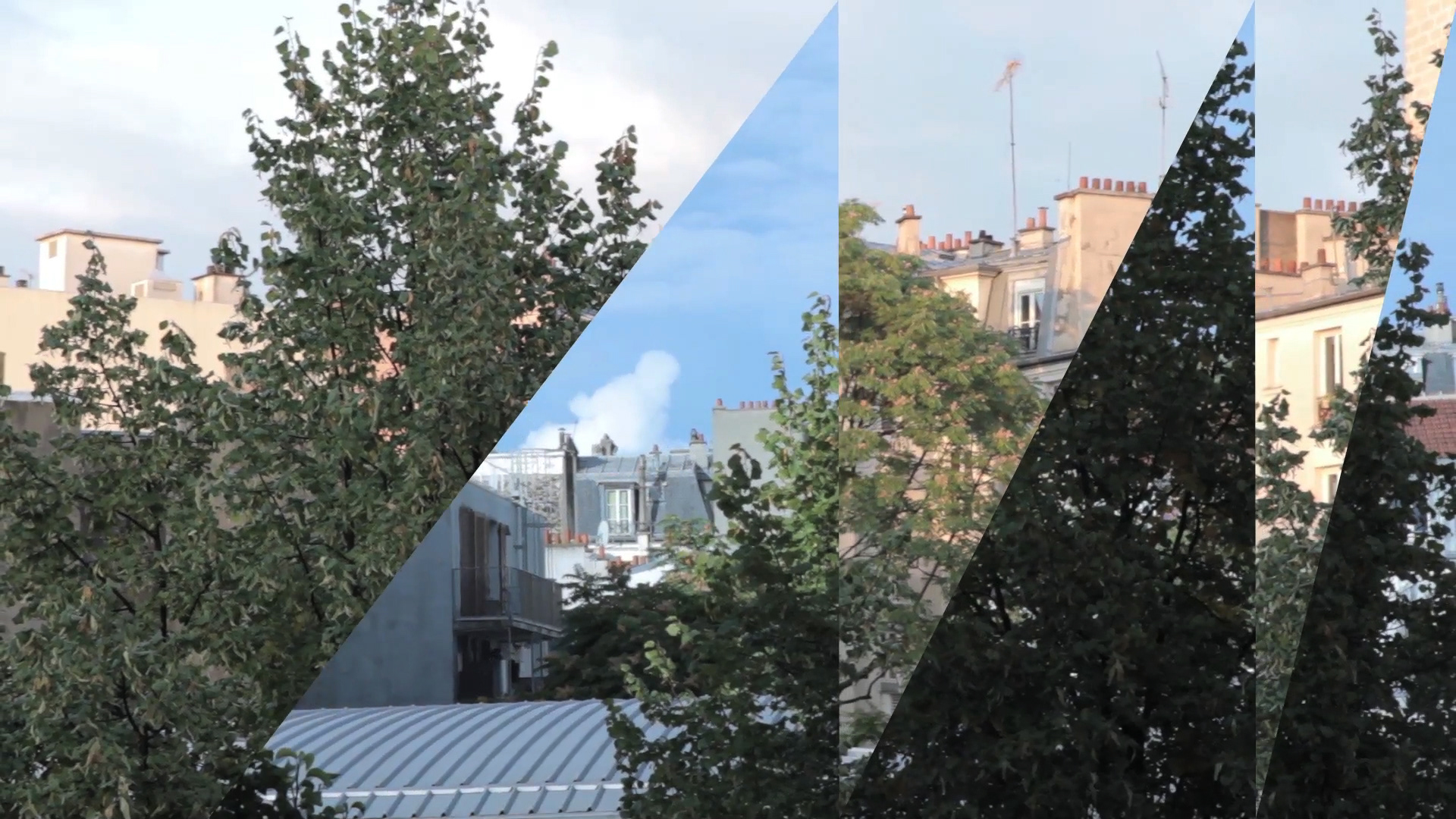
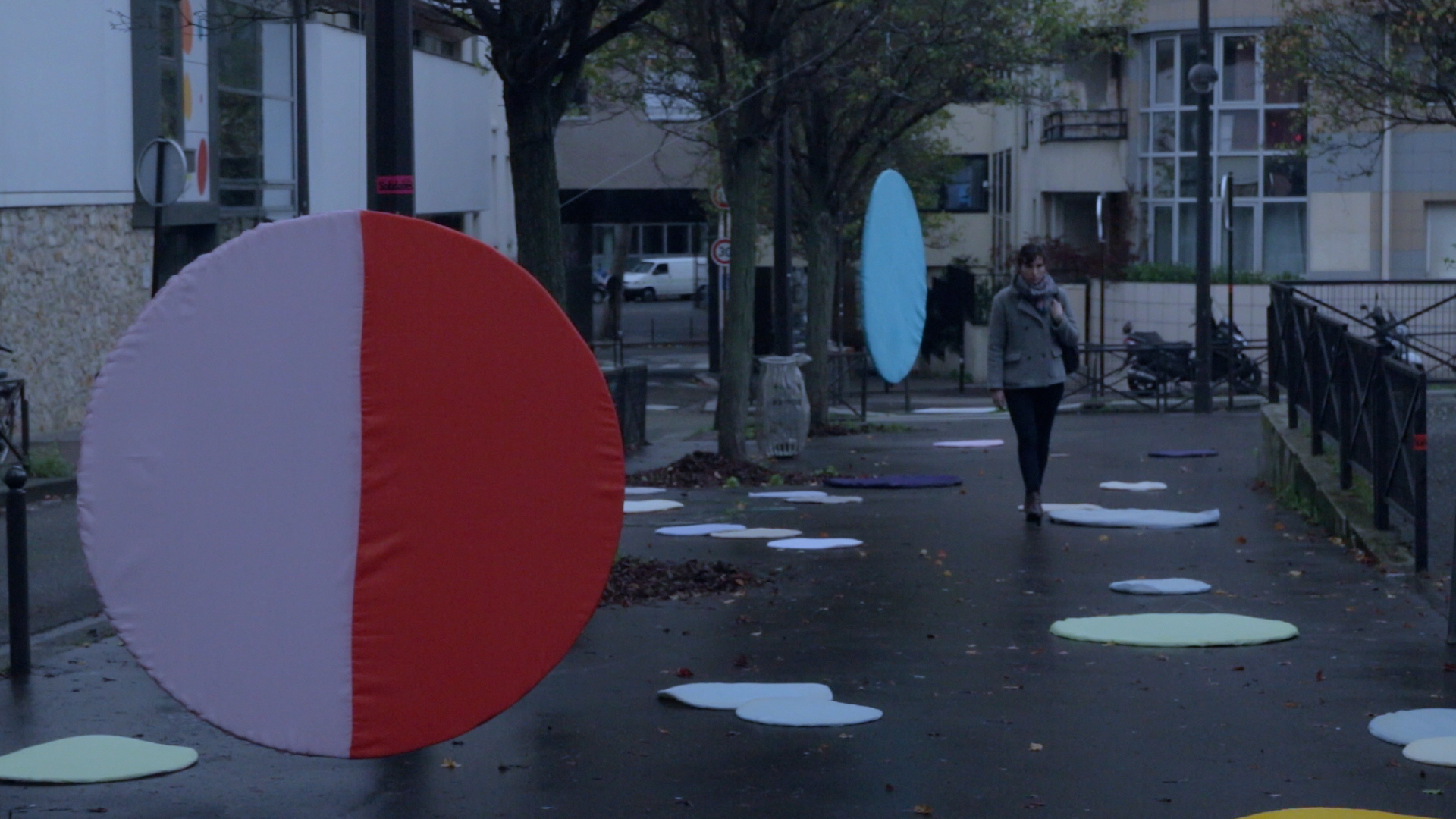

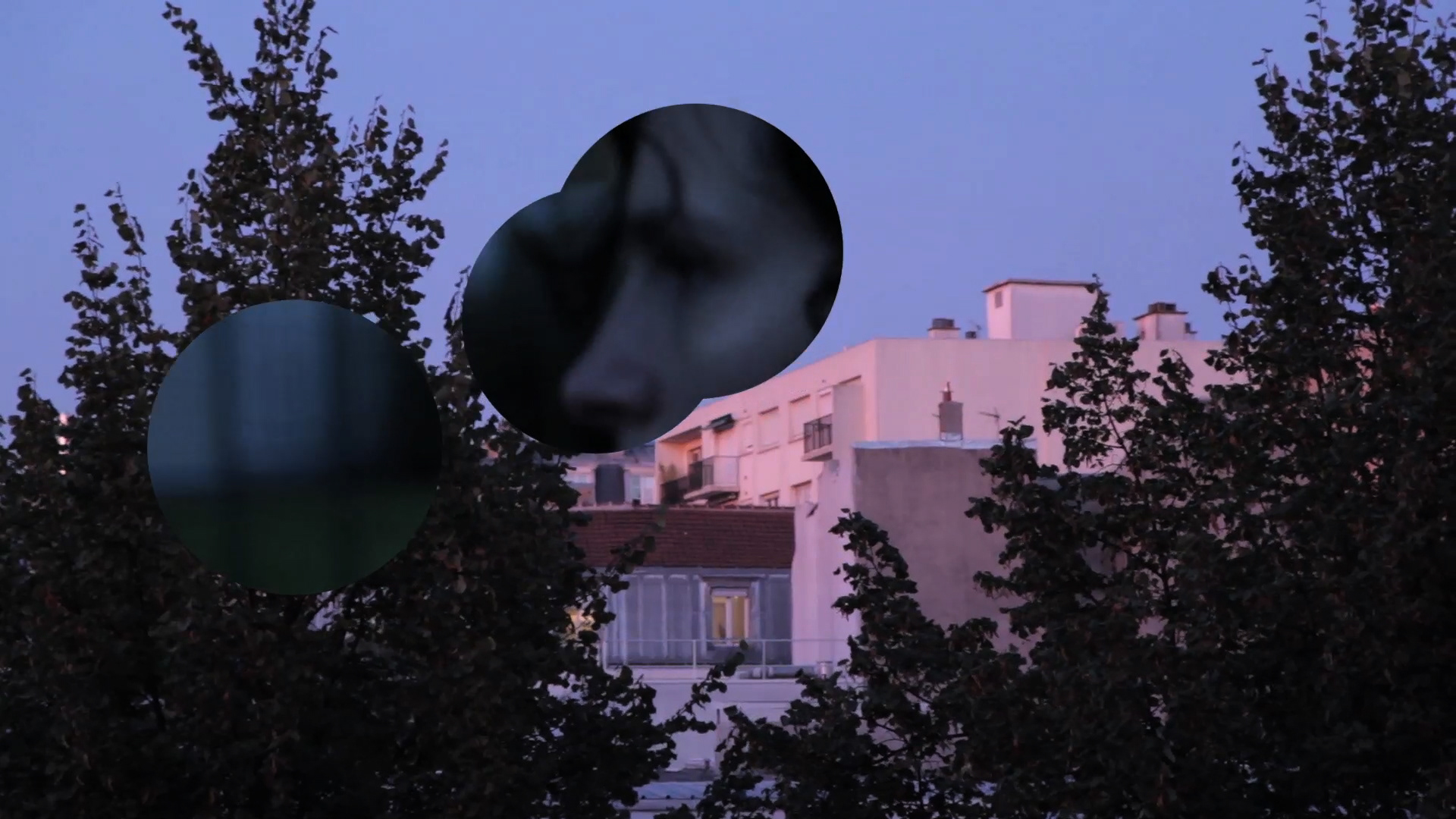
Extract from the film
Being Watched (HD, duration: 15 minute), 2016
Between 2014 and 2016, I filmed continually in and around the address where I live in the 19th arrondissement in Paris. Being Watched examines the awkward place of desire in an era where our point of contact with reality has become so slight, accelerated and frequently deceived. How do we negotiate the borders of those around us? This project involved much improvisation in the working process. There was no script, or clear pre-conceived plan. The general work method unfolded by doing tests, editing these, filming again, preparing ‘floppy paintings’, working with an actress...
Being Watched focuses on the ambiences and sounds of this space and the interaction of my voice with these elements. This work was partly inspired by the film of a master class by the pianist and orchestra conductor, Alfred Cortot (1867 – 1962). In this film, Cortot, renowned for his interpretations of the Romantic composers, simultenously plays and comments on The Poet Speaks, by Schumann.
With Lily Ben Slimen. Completed through the generous assistance of the FNAGP (La Fondation Nationale des Arts Graphiques et Plastiques) and local neighbours. Thanks to 5 A 7 Films.
FR
Durant les deux dernières années, j’ai continuellement filmé depuis l’endroit où je vivais et ses environs. « Being Watched » examine la place gênante du désir dans l’ère où notre point de contact avec la réalité est devenu si léger, accéléré et souvent trompé. Comment négocions-nous les frontières de ce qui nous entoure ? Ce projet implique davantage d’improvisation dans son processus de travail. « Being Watched » pointe les ambiances et les sons de cet espace et l’interaction de ma voix avec ces éléments. Ce film a été en partie inspiré par le film d’une masterclass donné par le pianiste et chef d’orchestre Alfred Cortot (1867-1962). Dans ce film, Cortot, revient sur ses interprétations de compositeurs romantiques, en même temps il joue et commente « Le poète parle » de Schumann.